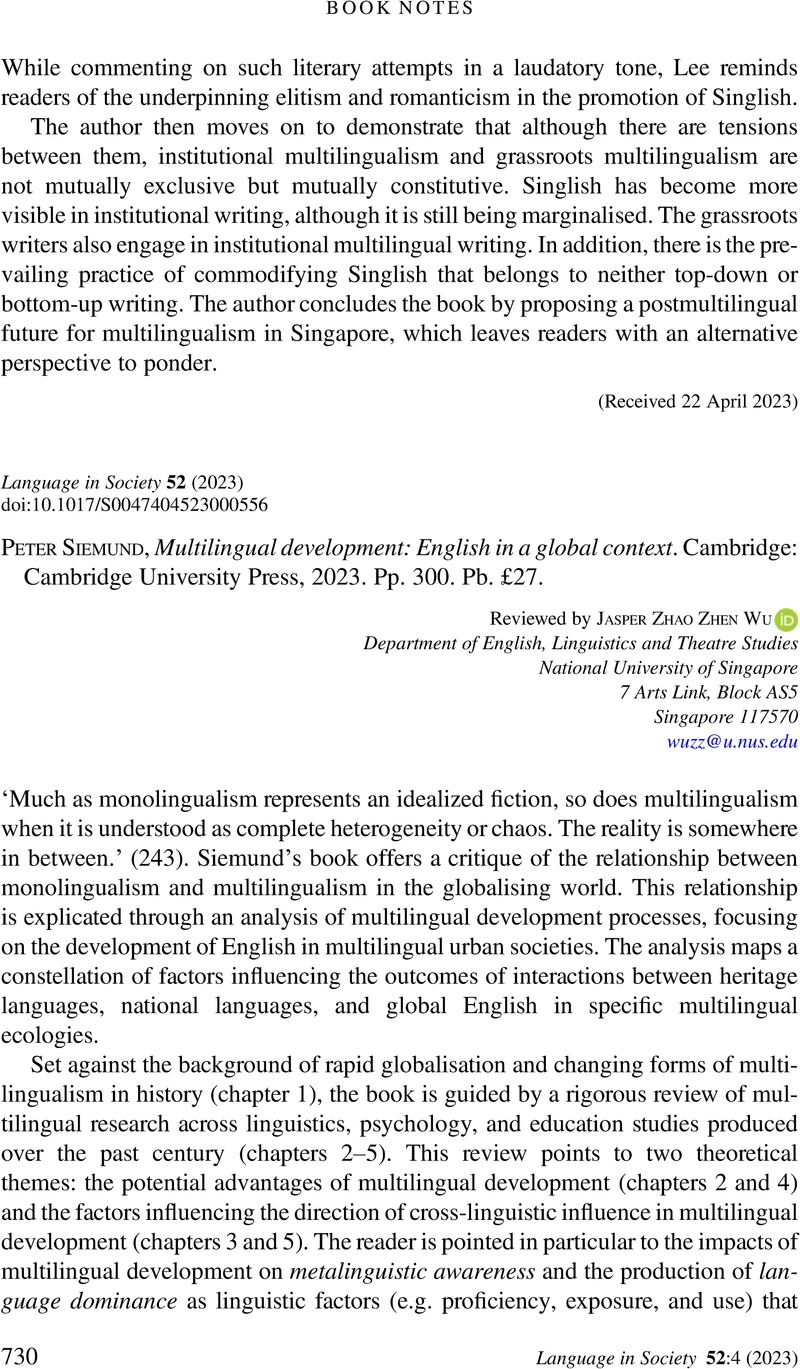Crossref Citations
This article has been cited by the following publications. This list is generated based on data provided by Crossref.
Curado Fuentes, Alejandro
2024.
Multilingualism in Its Multiple Dimensions.




